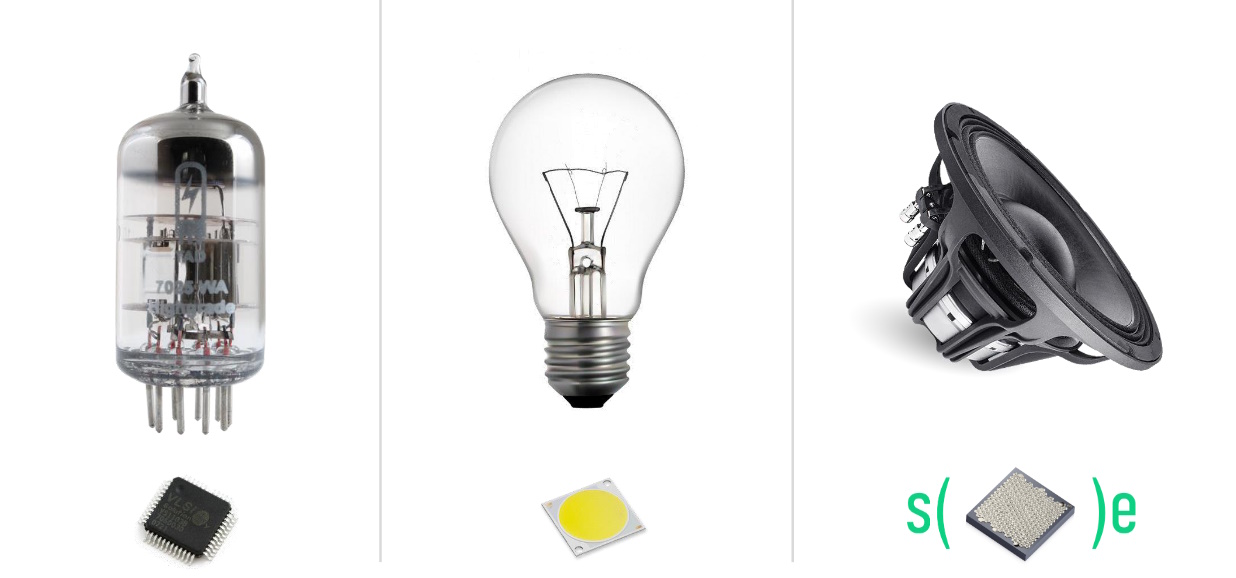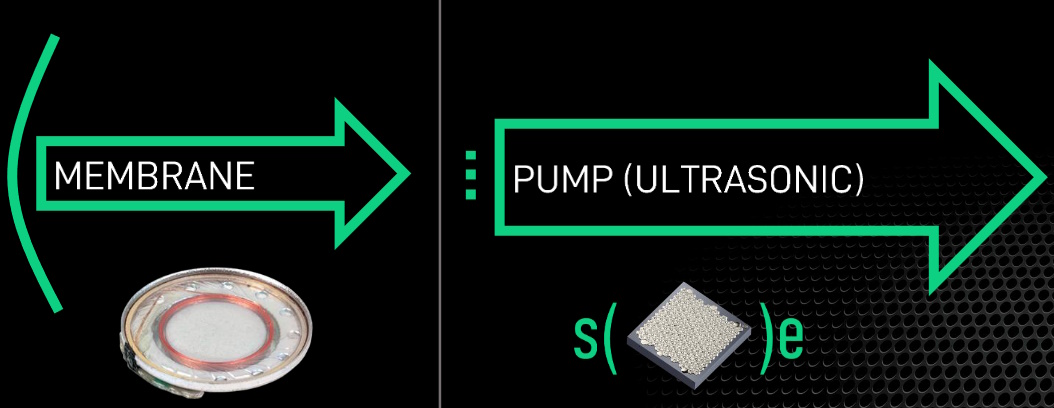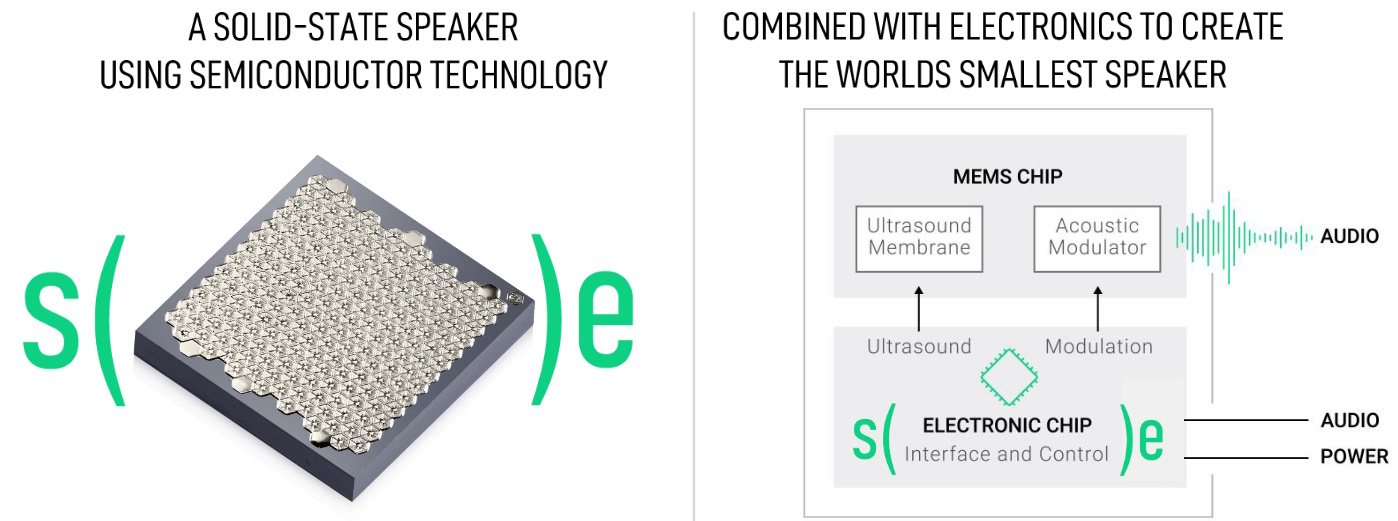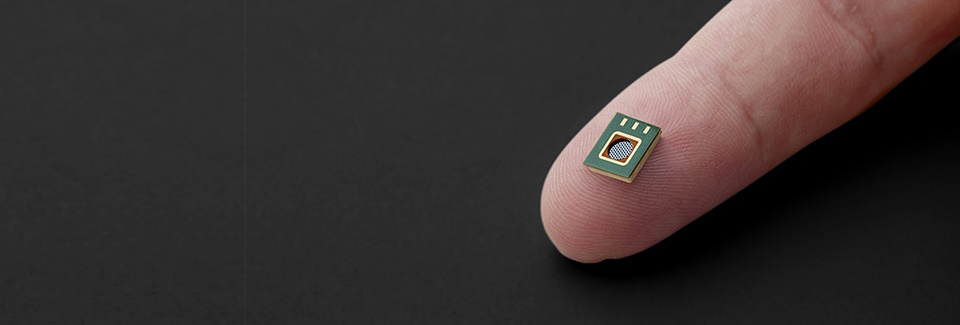I’ve said it many times before, and I’ll doubtless say it many times again—I’m a simple man who likes a simple story—something I can wrap my poor old noggin around without tears of confusion rolling down my cheeks and sans my brains leaking out of my ears.
Happily, the tale I’m poised to impart is simple in concept, which is not to minimize the awesomeness of the underlying technology.
Growing up as a young man in the 1970s, it was generally understood that bigger loudspeakers were better loudspeakers. If you wished to be considered an audio aficionado by your associates, you opted for the hulkiest and bulkiest speaker cabinets you could afford, with whopping woofers for the lower frequencies, smaller tweeters for the higher frequencies, and medium-sized units to accommodate the mid-range frequencies.
You could tell yourself all you liked that it wasn’t the size of your woofer, it was what you did with it that counted, but—deep down inside, in your heart of hearts—you knew that it really was the size of one’s woofer by which one would be judged.
A speaker of this ilk involved a coil of wire attached to a semi-rigid diaphragm in the presence of a magnetic field generated by permanent magnets. Passing an audio frequency electric potential through the coil caused the diaphragm to vibrate, thereby generating sound.
As a point of interest, the first experimental moving-coil (also called dynamic) loudspeaker was invented by Oliver Lodge in 1898. The first practical moving-coil loudspeakers were manufactured by Danish engineer Peter L. Jensen and Edwin Pridham in 1915, in Napa, California. And the moving-coil principle commonly used in speakers today was patented in 1925 by Edward W. Kellogg and Chester W. Rice.
One way to look at this is that nothing has changed dramatically for the past 100 years in speaker space (where no one can hear you scream). Actually, to be fair, this isn’t strictly true. I no longer recall when I first saw and heard the smaller Bose speakers, but I do recall being blown away by the sound. I also remember being at a conference sometime in the early 2000s when some company gave me a USB speaker about the size of a hand-held pepper grinder. Suffice it to say that I couldn’t believe the quality of the sound issuing from something so small.
On the other hand… the thought of an electromechanical mechanism involving a diaphragm physically hurling itself back and forward through space is just “So twentieth century, my dear.” When we think about how vacuum tubes evolved into solid-state semiconductors in the form of integrated circuits, and how incandescent light bulbs eventually transitioned into light-emitting diodes (LEDs), it makes one wonder how long it will be until loudspeakers join this happy throng.

Loudspeakers for the 21st century (Source: SonicEdge)
I fear the ‘s’ and the ‘e’ in the image above are a bit of a giveaway because I was just chatting with the co-founders of SonicEdge—Moti Margalit and Ari Mizrachi, who act as CEO and COO, respectively.
Let’s change direction for a moment to think about teeny-tiny loudspeakers, such as those used in hearing aids or true wireless stereo (TWS) earbuds. Believe it or not, most of these devices still employ moving coils and membranes.

Moving coils and membranes (left) vs. ultrasonic pump (right) (Source: SonicEdge)
It’s certainly true that we have seen micro-electromechanical systems (MEMS) speakers start to make an appearance over the past couple of years, but these still involve a single large* piezo membrane, albeit a ceramic one (*I mean “large” in relative terms). All of which leads us to the clever guys and gals at SonicEdge and their ultrasonic pump MEMS technology.
What we are talking about is a solid-state loudspeaker constructed using semiconductor technology being combined with electronics to create the world’s smallest speaker.

Solid-state speaker (left) and with electronics (right) (Source: SonicEdge)
Here we see an array of ~200 MEMS ultrasonic pumps on a 3.5mm x 3.5mm die. Each of these little scamps can pump air 400,000 times a second. These ultrasonic signals are then modulated down into audio signals from DC to 20kHz.
This die is small enough to go in the ear canal, if required to do so, as opposed to regular earbud speakers that live in the “chunky part” outside the ear. This means developers can either make their earbuds smaller, or they can use the newly released space to accommodate larger batteries or to add more sensors.
When combined with the electronics, the result is a 3-pin device: power, ground, and signal. The audio signal can be presented in I2S or pulse-density modulation (PDM) form, where the latter may be thought of as “oversampled 1-bit audio.”
The term sound pressure level (SPL) or acoustic pressure level is a logarithmic measure of the effective pressure of a sound relative to a reference value. As Moti and Ari told me, “Sonic Edge is about making the smallest speaker with the best sound—we have more SPL per area than any other technology out there.”

Not just small, but scalable (Source: SonicEdge)
In addition to being smaller and consuming less power than existing speakers, another exciting aspect of all this is scalability. The SE1000 (with 1 speaker chip as shown above) is ideal for use in earbuds (one SE1000 for each ear). The SE2000 (with 4 speaker chips) can be used in headphones (one SE2000 for each ear). The SE3000 (with 4 speaker chips plus added acoustics) is applicable to virtual reality (VR) and augmented reality (AR) glasses, goggles, and headsets. And the SE4000/SE5000 (with 4/8 speaker chips plus added acoustics) will transform smartphones and tablet computers into audiophiles’ dream devices.
The thing is, you can keep on scaling these little scamps up—now I’m thinking automobiles and home entertainment systems. My son (Joseph the Commonsense Challenged) recently purchased his first house. He has a 75” smart TV in his family room (I cannot wait to watch a Super Bowl game on this bodacious beauty). This is, of course, a modern flat-screen device. Not that it would have been feasible, but can you imagine what a CRT equivalent would have looked like?
The same thing applies to sound. Joseph is talking about getting a soundbar. On the one hand, existing soundbars are much smaller than the monster speaker cabinets of yesteryear. On the other hand, when you sit one in front of a flatscreen TV, it’s still a little “clunky” in the scheme of things. Are you thinking what I’m thinking? Yes, we’re both imagining an ultra-thin soundbar powered by SonicEdge’s solid-state speaker technology. “Great minds think alike,” as they say. (Of course, they also say “Fools seldom differ,” but I’m sure that doesn’t apply to us.)
In fact, when you come to think about it, it’s possible to embed these solid-state speakers in everything from smart doorbells to smart toasters. Hmmm… I can barely get a word in edgewise at our house as it is. I can only imagine what life will be like when I’m relegated to taking my turn after the toaster.
How about you? Do you have any words of wisdom you would care to share with respect to anything you’ve heard* here? (*Yes, pun intended.)





How’s da bass? I wonder if lowest audio wavelength affects the size of the die.
“A volume velocity source provides a constant volume velocity of air regardless of frequency and in earphone applications has increasing SPL for lower frequencies and extended SPL at high frequencies.” – Hot dang.
https://sonicedge.io/technology
They say they can go down to DC
Wow, it’s a mechanical modulator, not electronic. There’s actually some sort of “speaker” (piezo?).
“A small speaker generates ultrasound. The ultrasound propagates through a time varying acoustic channel which is an acoustic modulator. A large channel enables the ultrasound to pass and a small channel attenuates the ultrasound. The modulator shifts the ultrasound frequency to create sound.”
I guess the ultrasonic speaker is MEMS. The modulation is what blows my mind.
“The modulation is what blows my mind.”
My job here is done
I cant wait to hear this technology in a pair of headphones